Antibes, France Travel Guide
Culture Travel may earn a commission through links on this website. As an Amazon Associate, we earn from qualifying purchases.
After a gorgeous train ride along the coast of Provence, I arrived in Antibes at 2:30 pm and made my way to my apartment on foot. As I reached the centre ville, the area livened up, and I turned down a small street made only for pedestrians. My dream has always been to live on a street too small for cars to pass by, just like this one.
As I walked into the building with my Airbnb host, I apologized for being a little early. My train was on time so the French train strikes must be over, I said cheerfully. He turned around laughing and said, “Oh no, in France, the strikes are never over!” I smiled because he was in fact, right. There have always been strikes in France and there probably always will be!
My Airbnb host had mentioned an artist who worked next door to the building, and sure enough, I met the artist who had taken up a workshop on this tiny street. His studio window was filled with sculptures about a foot in height. His subject: the human body. The sculptures were abstract enough to hide the imperfections of people, yet realistic enough to easily tell whether each was a man or woman. The works were left in muted clay tones – neutrals and browns.
As I began to speak to the artist, he told me he had been here in Antibes for the last 20 years! Then, he pointed across the street, where I saw one of his sculptures molded into the wall. I asked how the sculpture came about, and he responded, that there was a hole, so I covered it up. I said it was a wonderful idea, and he should do that all over the town. The artist smiled and informed me he had done it over 1000 times, all over Antibes! He then offered to give me one of his sculptures if I could find 100 of the sculptures he had placed in the town. I laughed saying I was only staying for one week, however, I did notice two more on the wall behind him during our conversation, and another when I left!
Antibes History
Antibes has a rich history that dates back to ancient times when it was settled by the Ligurians, a pre-Roman civilization. The Greeks and the Romans later established settlements in the area, and the town was known as Antipolis during the Roman period.
During the Middle Ages, Antibes was an important strategic location due to its position on the Mediterranean coast. The town was ruled by various powers over the centuries, including the Saracens, the Holy Roman Empire, and the Kingdom of France. In the 16th century, the town was fortified by King Henry II of France to protect it from attacks by the Ottoman Empire.
In the 19th century, Antibes became a popular tourist destination for the wealthy, who were drawn to the town’s mild climate and beautiful beaches. Many famous artists and writers also spent time in Antibes during this period, including Claude Monet, Pablo Picasso, and F. Scott Fitzgerald.
During the Second World War, Antibes was occupied by the Germans and suffered significant damage. However, the town was quickly rebuilt after the war, and it continued to grow and develop as a popular tourist destination in the second half of the 20th century and beyond.
Antibes Hotels
There is a wide range of hotels in Antibes for all budgets. For a luxury experience, you must stay at the 5-star Antibes hotel Hotel du Cap-Eden-Roc. The historic hotel was founded by the owner of the Fench Le Figaro newspaper and it opened in 1870. The hotel is where F. Scott Fitzgerald’s novel Tender is the Night begins. In the 70s, photographer Slim Aarons shot the French glitterati of the moment on the hotel grounds.
For a more affordable option, go with the centrally located Hôtel & Spa La Villa Port d’Antibes which has great customer reviews.
Antibes Restaurants
There are lots of lovely restaurants to eat at in Antibes, mostly with French or Italian cuisine. Try the seaside Maison de Bacon for a stunning coastal dining experience.
Antibes Cathedral
The Cathédrale Notre-Dame de l’Immaculée Conception is a Roman Catholic cathedral and the seat of the Bishop of Antibes. It is the primary Antibes Cathedral.
The history of the cathedral dates back to the 13th century, when a small church was built on the site. Over the centuries, the church was enlarged and modified several times, and it was elevated to the status of a Cathedral in 1884. The current building dates mostly from the 17th and 18th centuries, with some earlier portions still visible in the structure.
The cathedral is built in a Baroque style, with a grand entrance that features a stone facade and two bell towers. The interior of the cathedral is richly decorated, with ornate altars, a painted ceiling, and several works of art, including a painting of the Immaculate Conception by the artist Jean-Honoré Fragonard.
Musée Picasso
The Picasso Museum in Antibes is a must-see on your trip to Antibes. Learn about the artist’s past, work, and legacy.
Le Nomade Sculpture
Le Nomade is a large bronze sculpture created by Spanish artist Jaume Plensa. It was commissioned by the town and installed in 2007 as part of the town’s celebration of the 60th anniversary of the Antibes-Juan les Pins Jazz Festival.
The sculpture is 9 meters high and depicts a seated human figure with its head bowed in contemplation. The figure is hollow, with intricate designs and patterns carved into its surface. The sculpture is meant to evoke a sense of stillness and meditation, and its positioning on a hill overlooking the sea adds to its sense of serenity.
Plage de la Gravette
Truth be told, the beach in Antibes is small, but that doesn’t make it any less stunning. While the coastline stretches onward, most of it is covered in large rocks. The easiest beach to go to is Plage de la Gravette, which you can access after walking along the charming Boulevard d’Aguillon.
Shopping
There re lots of cute shops to explore like La Joie de Lire, a historic bookshop whose name means: The Joy of Reading.
Old Town of Antibes
The old town of Antibes is particularly charming. It’s worth the time to spend wandering aimlessly and getting lost!
Small Cobblestone Streets
While downtown Antibes is a fairytale come true with enormous hanging flower pots along the sidewalks, pastel buildings everywhere you turn, and charming shops and cafés, I particularly enjoyed walking some of the residential side streets along the edges of town.
Rue du Haut Castelet Bougainvilleas
I spotted some lovely bougainvilleas along the Rue du Haut Castelet street.
Port Vauban
Watch the sailboats go by from this charming Antibes marina.
I hope you enjoyed my little tour around Antibes. Be sure to check out my other recommendations in France below if you plan to visit this beautiful little town along the French Riviera!
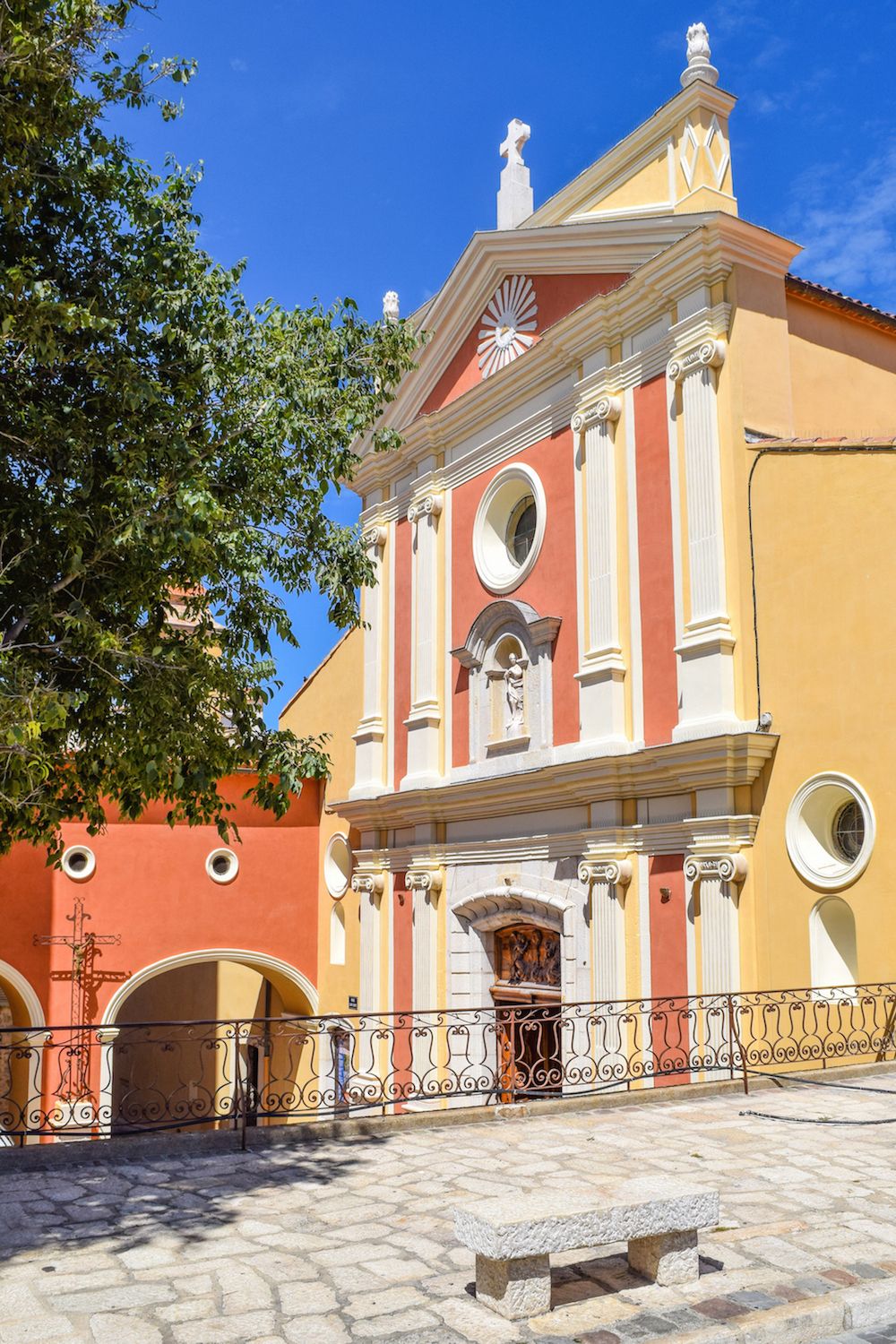
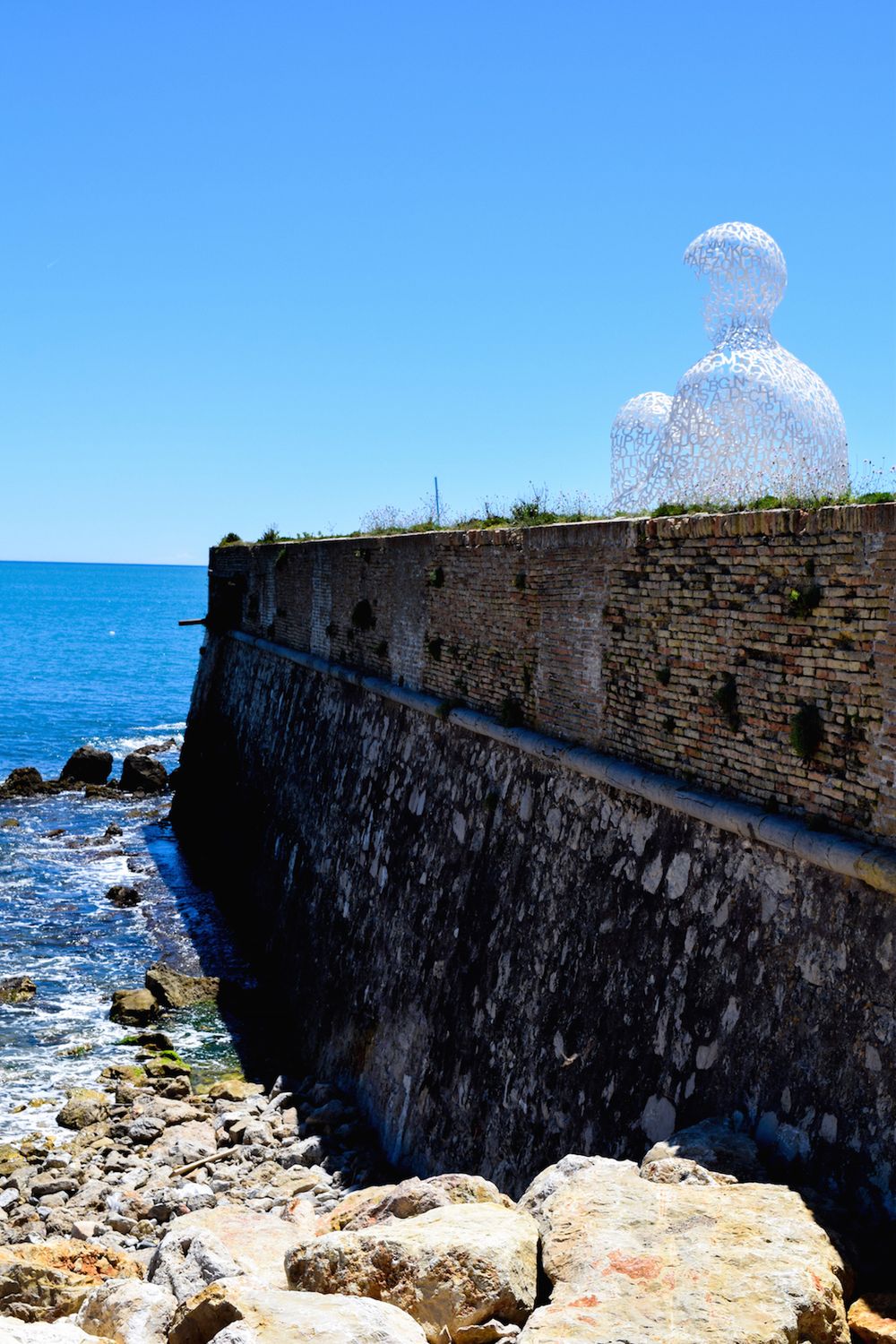


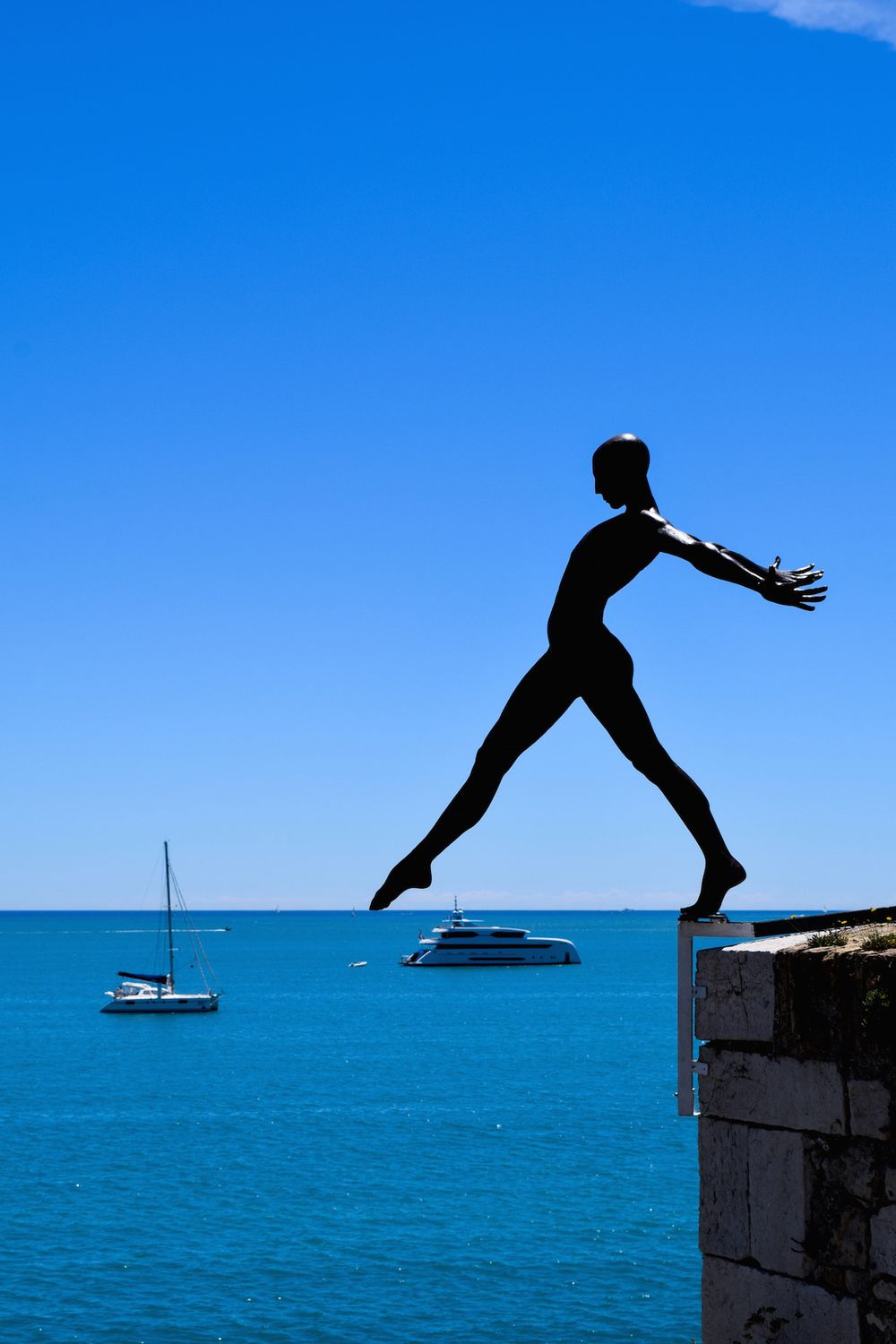
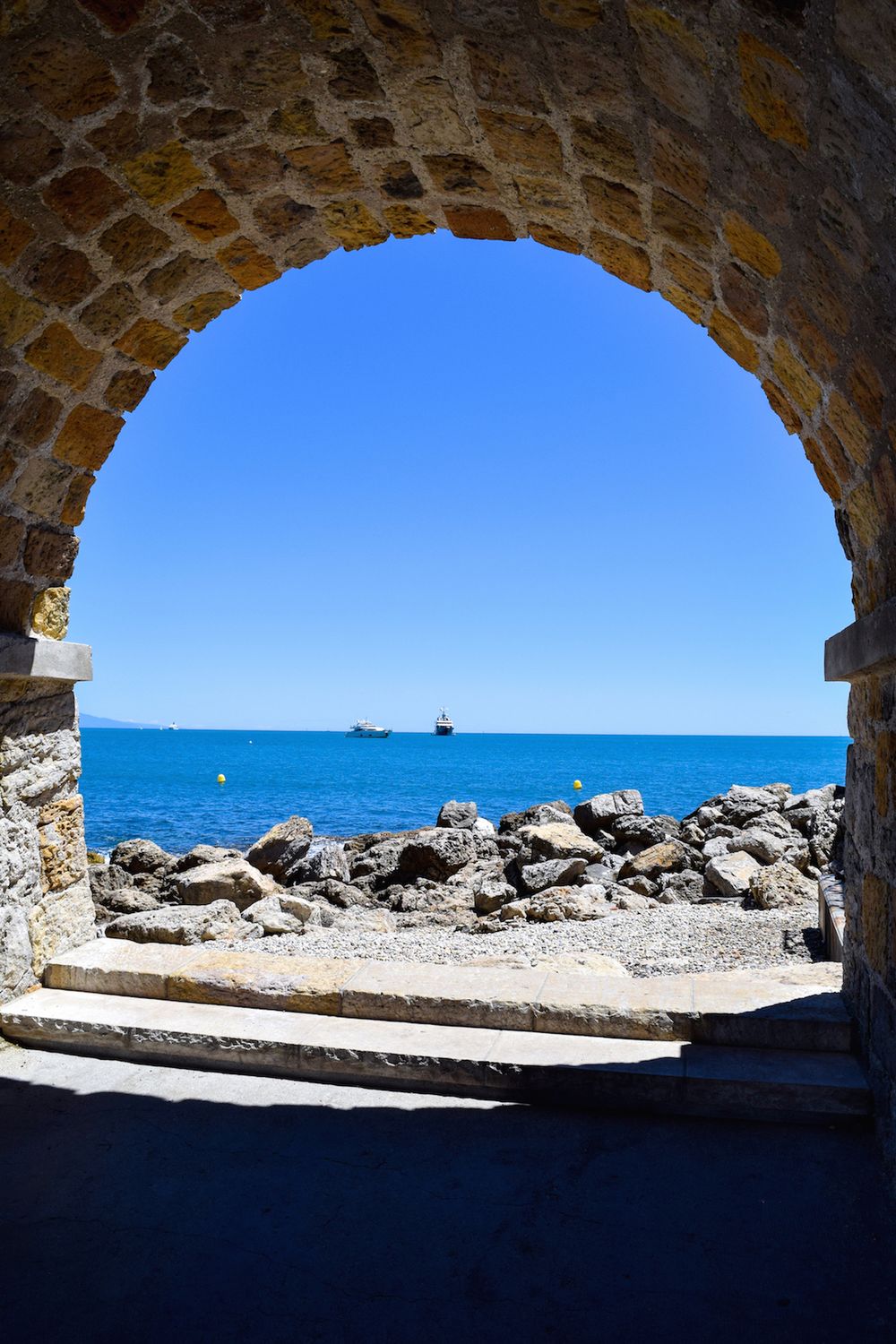
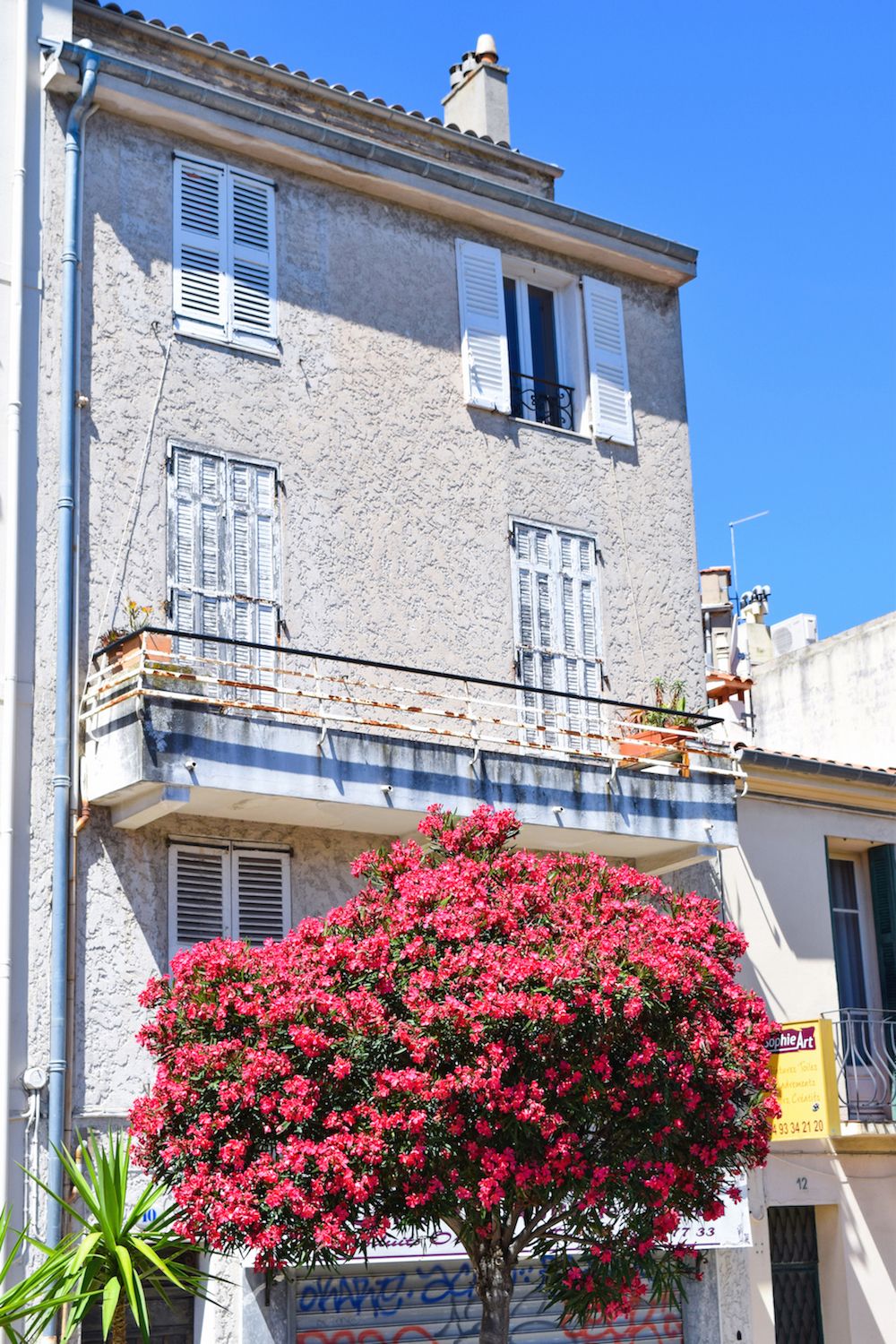
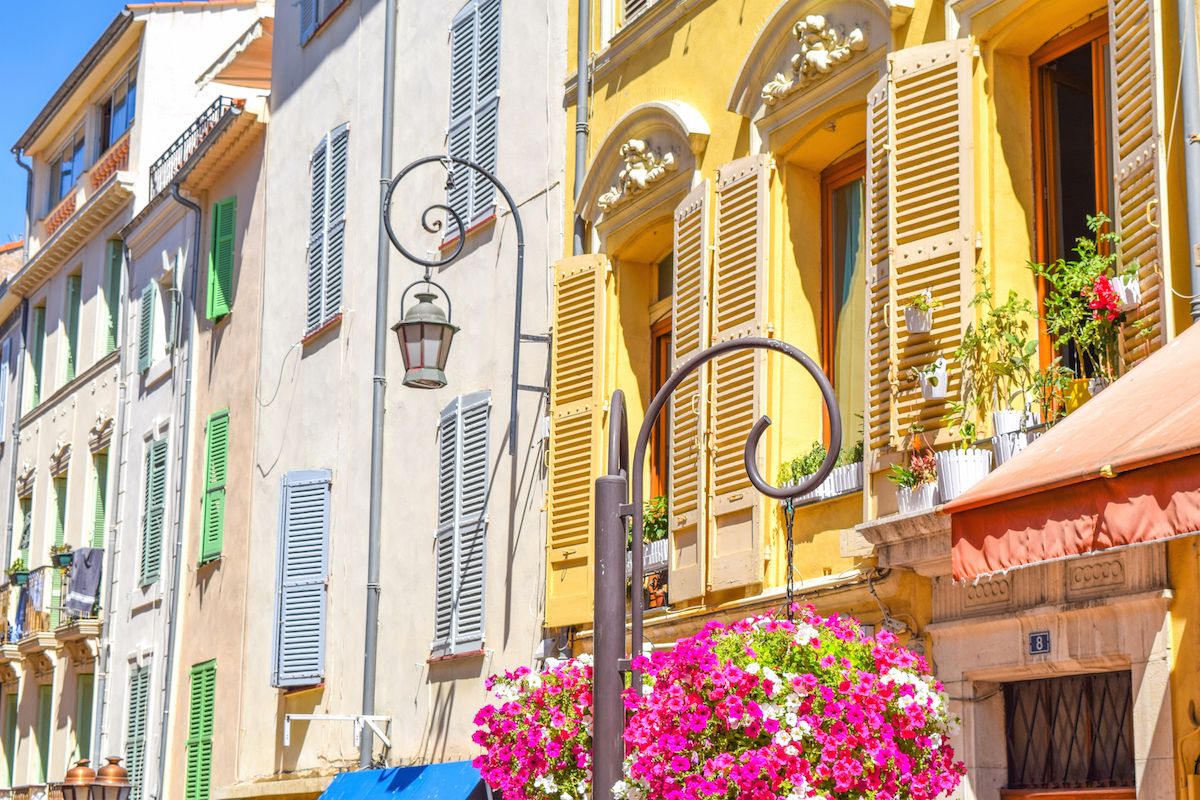
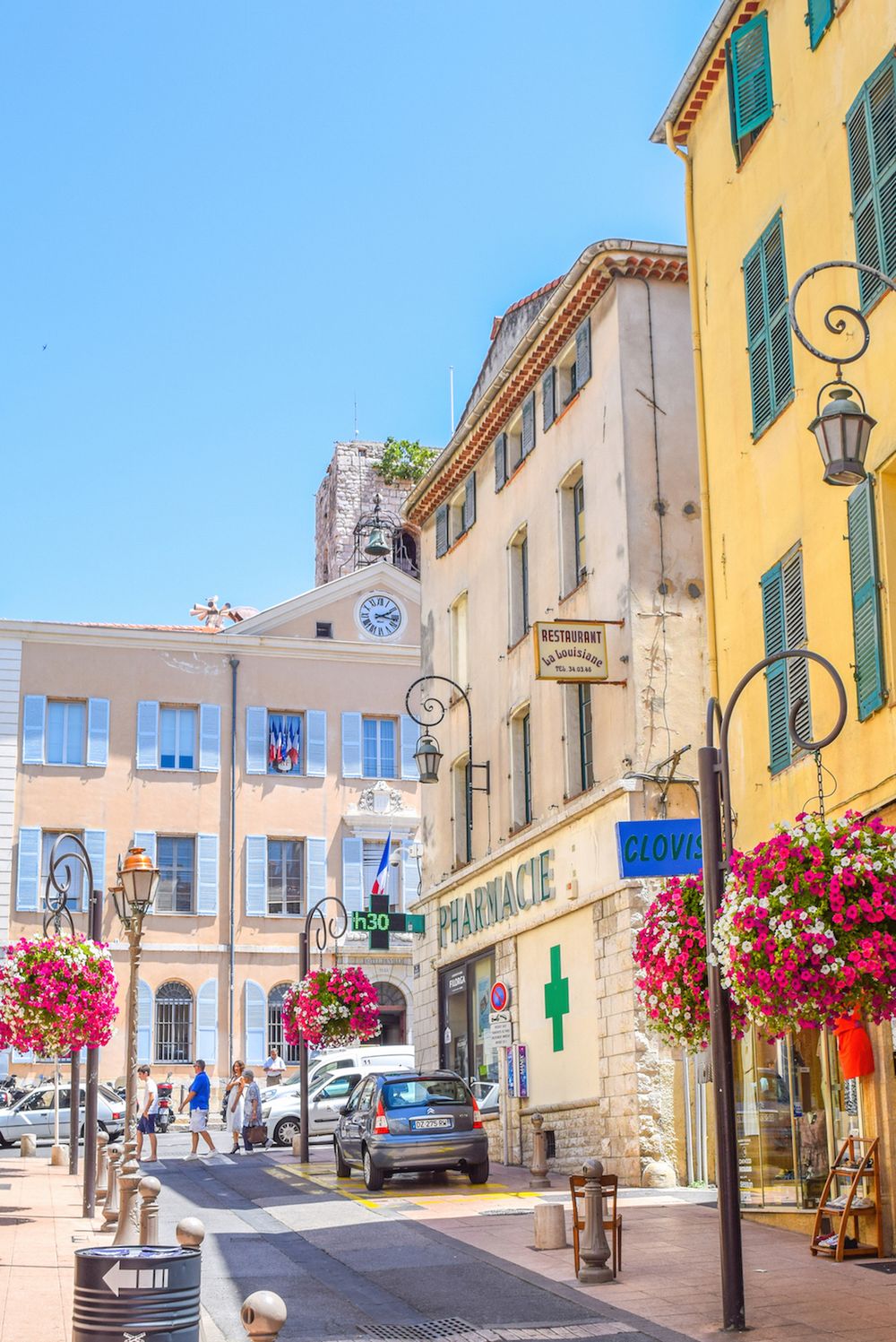

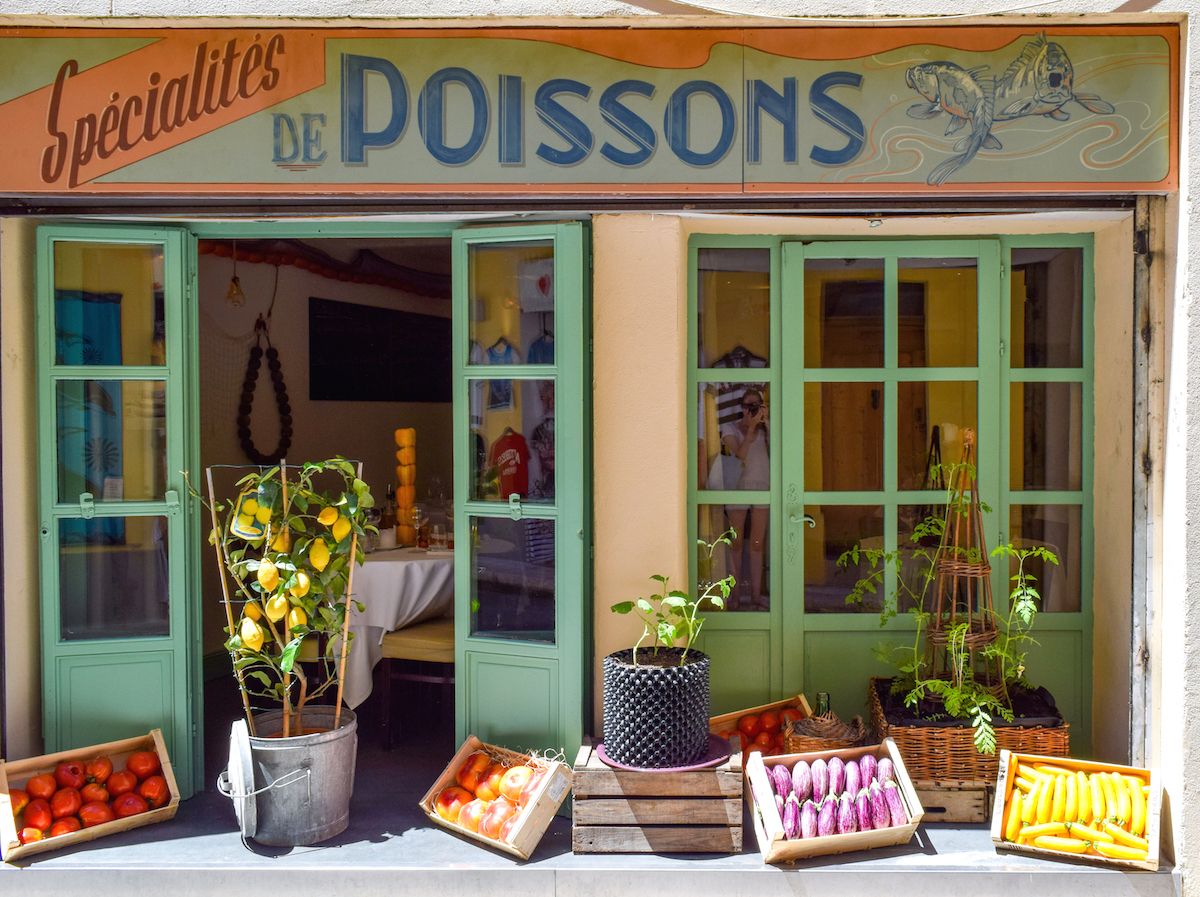
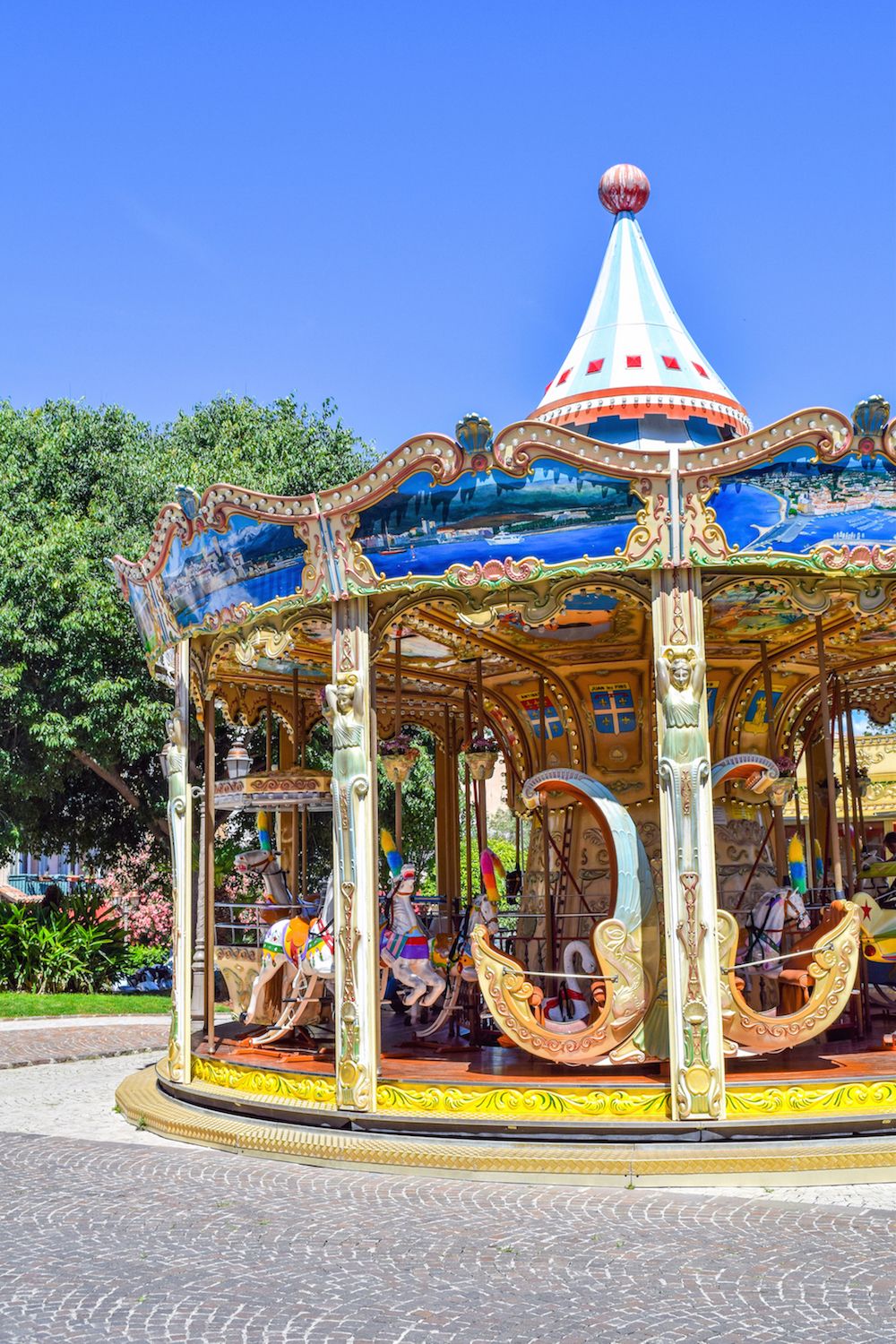
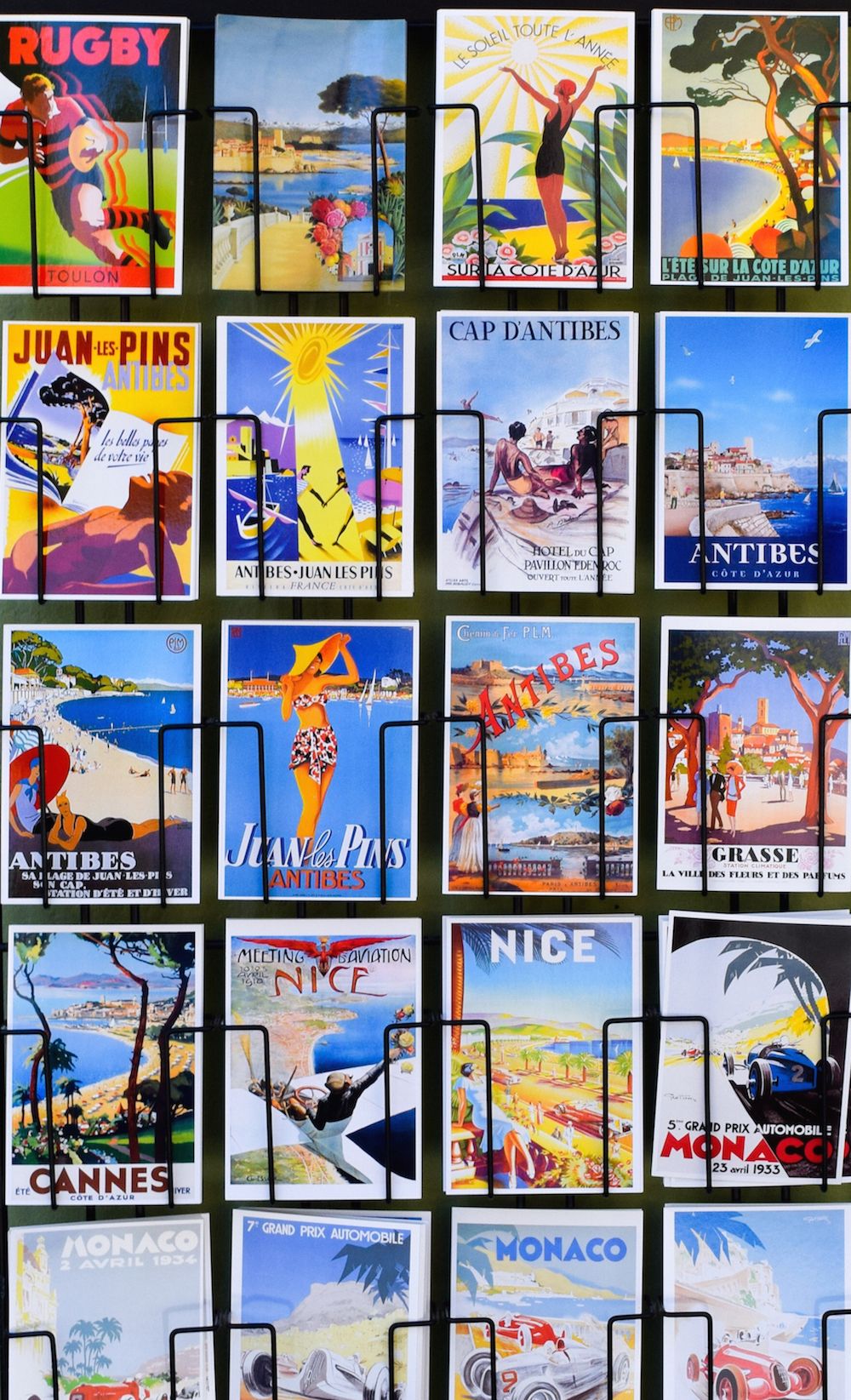
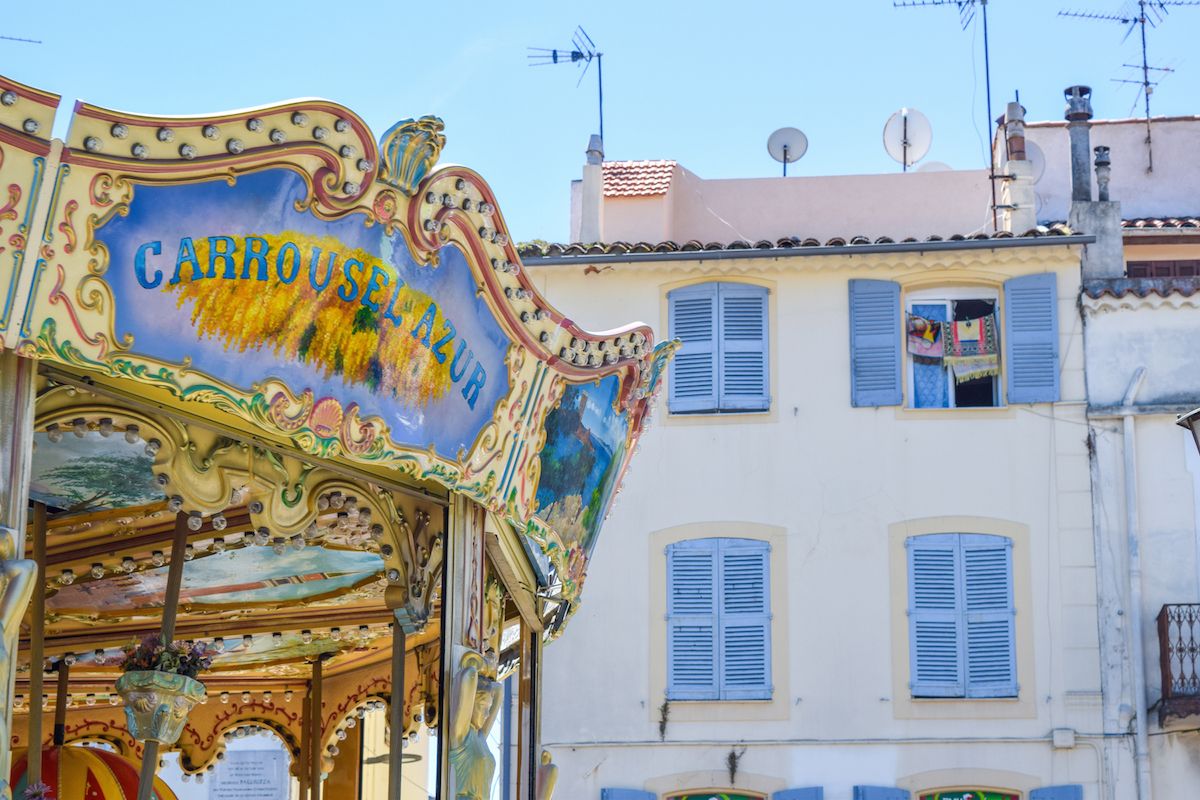
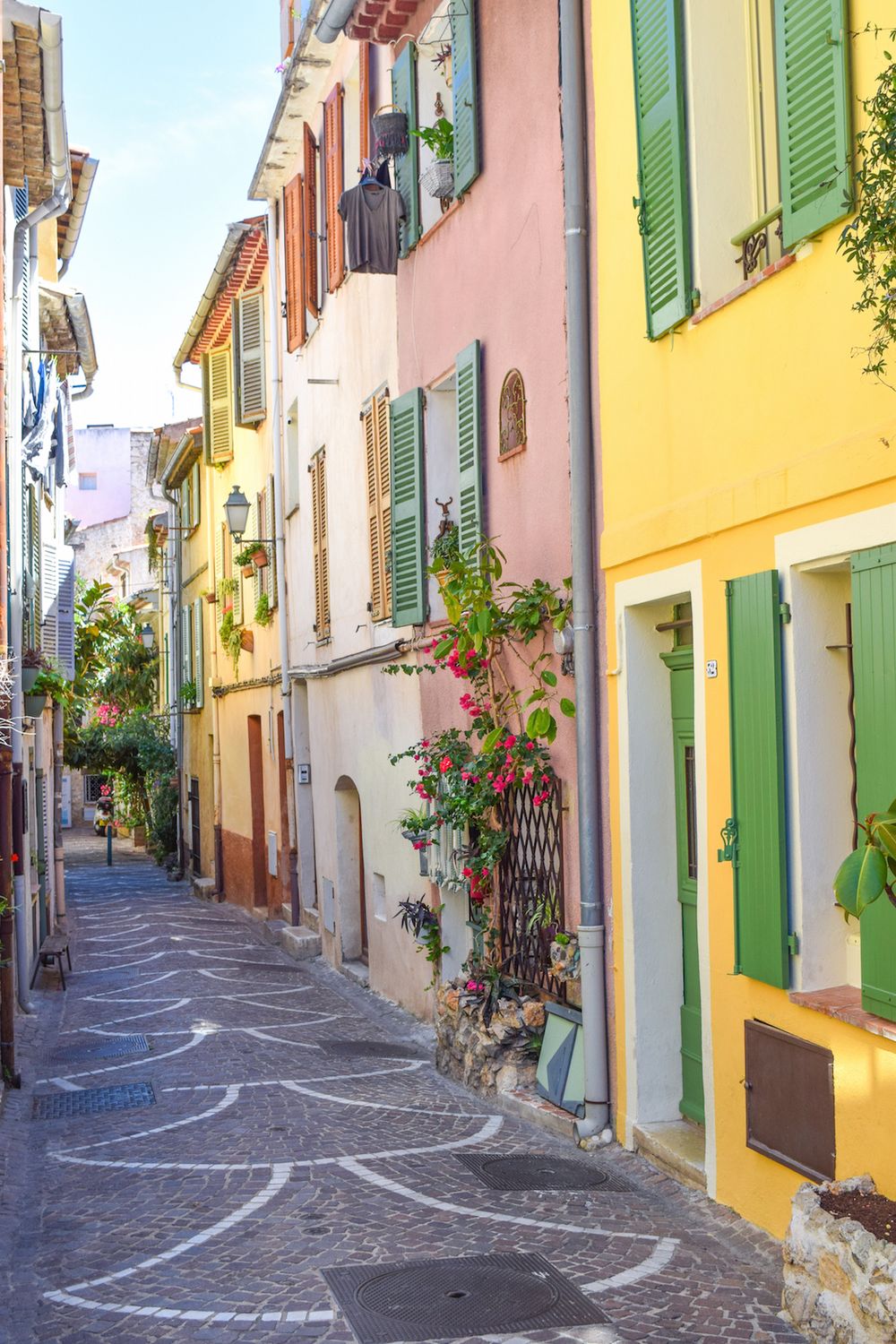
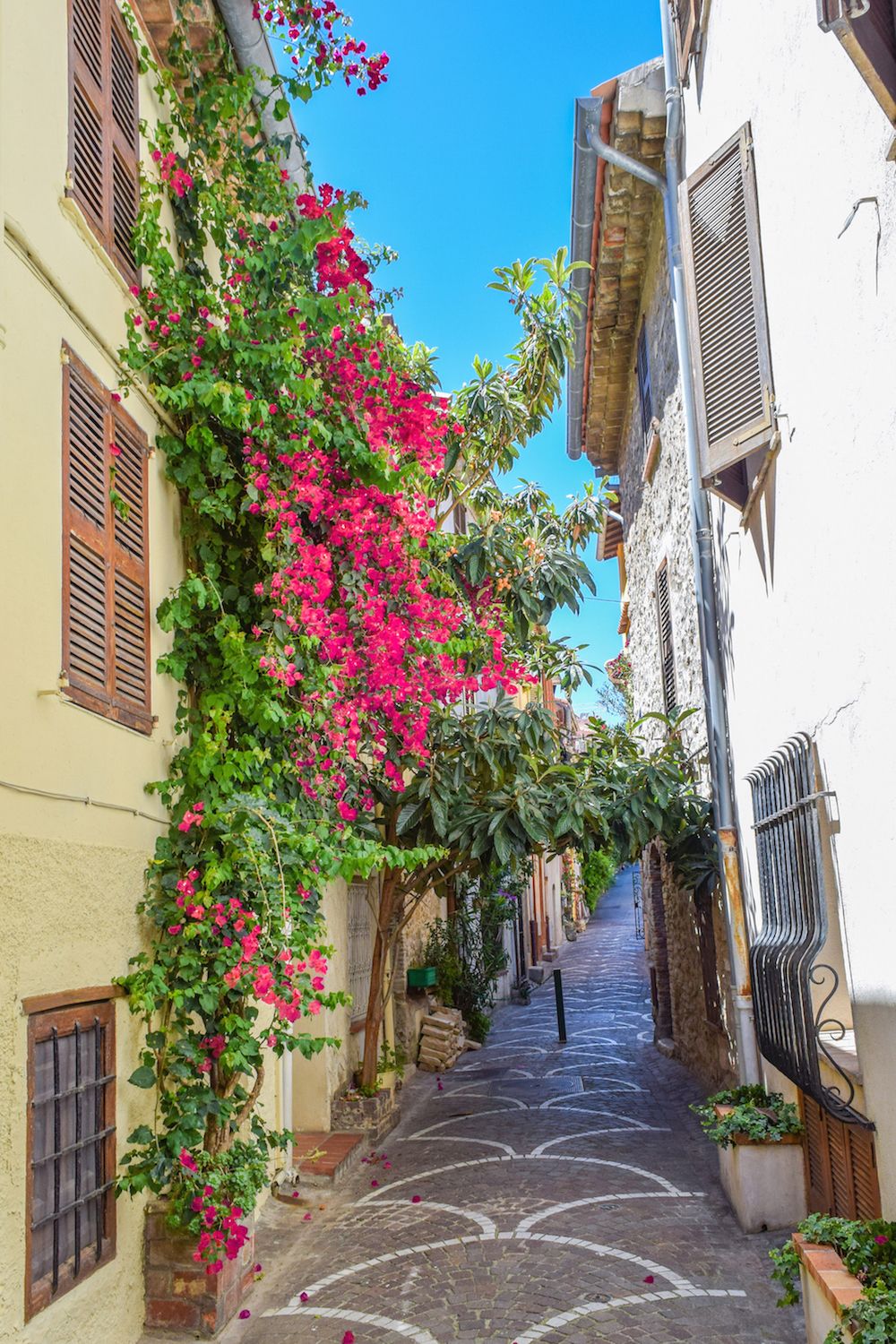
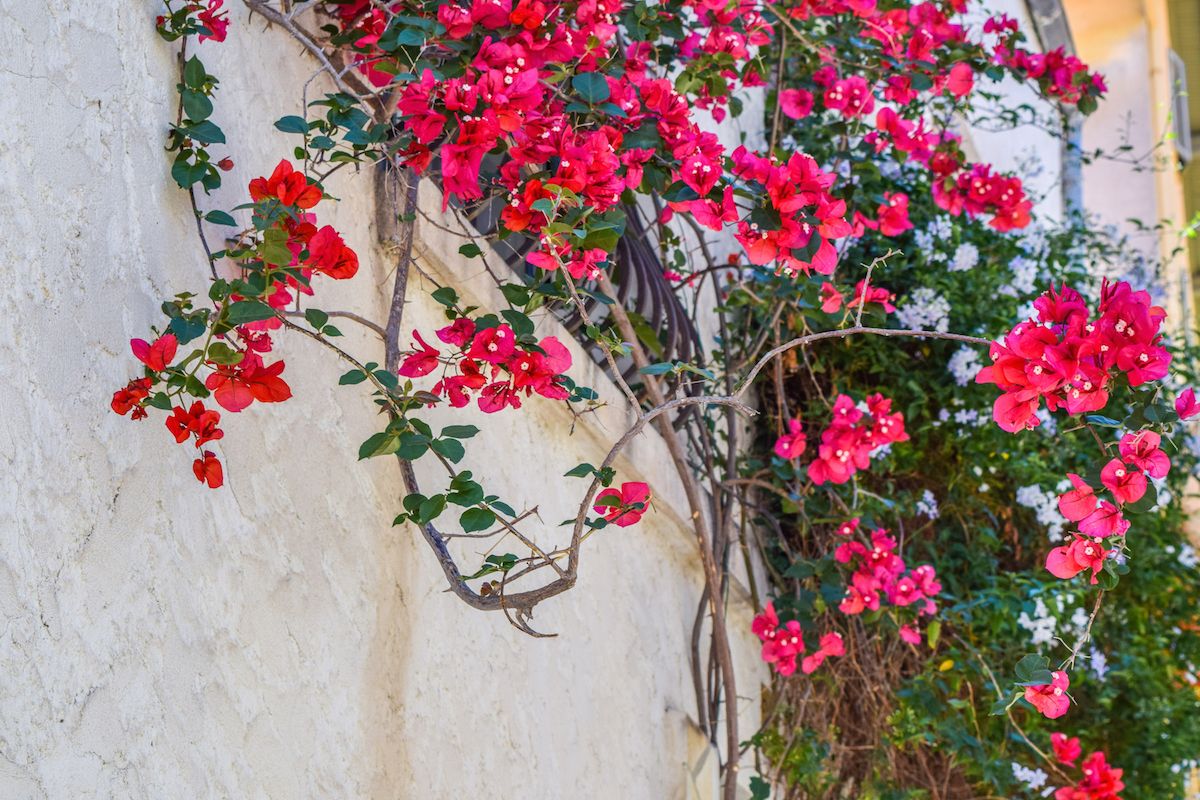
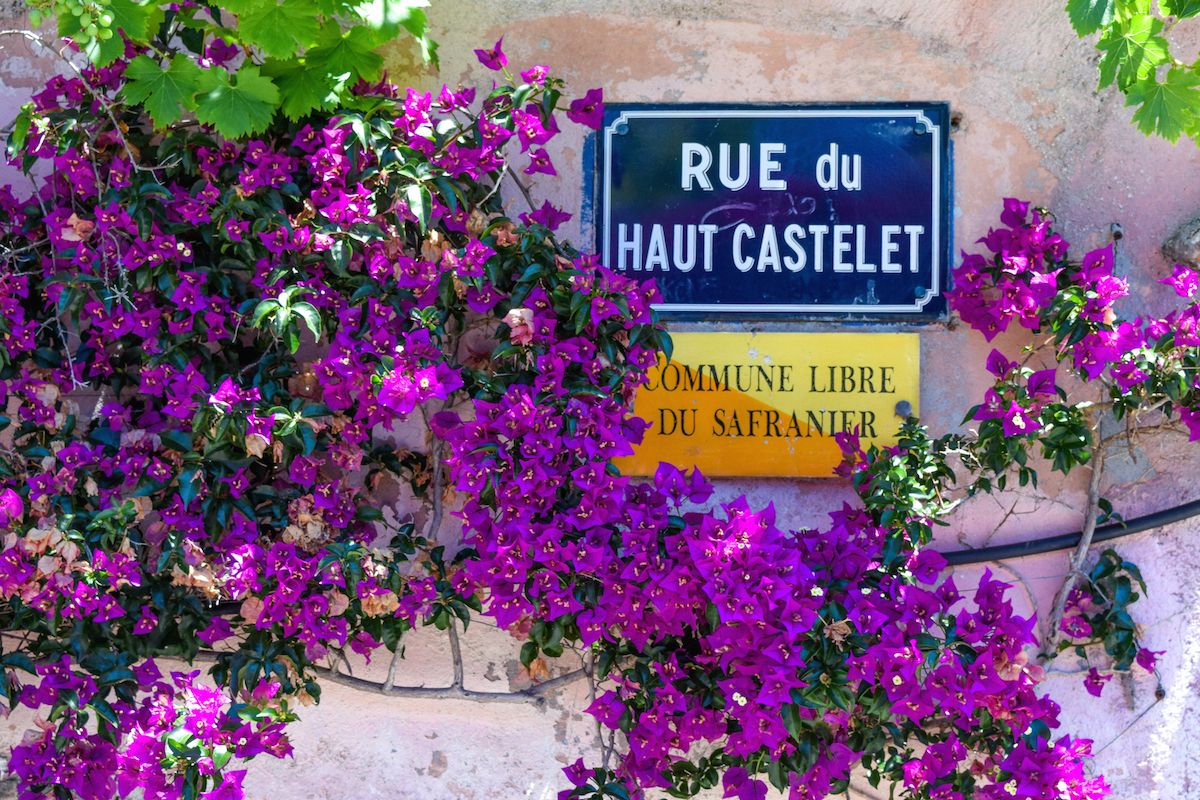
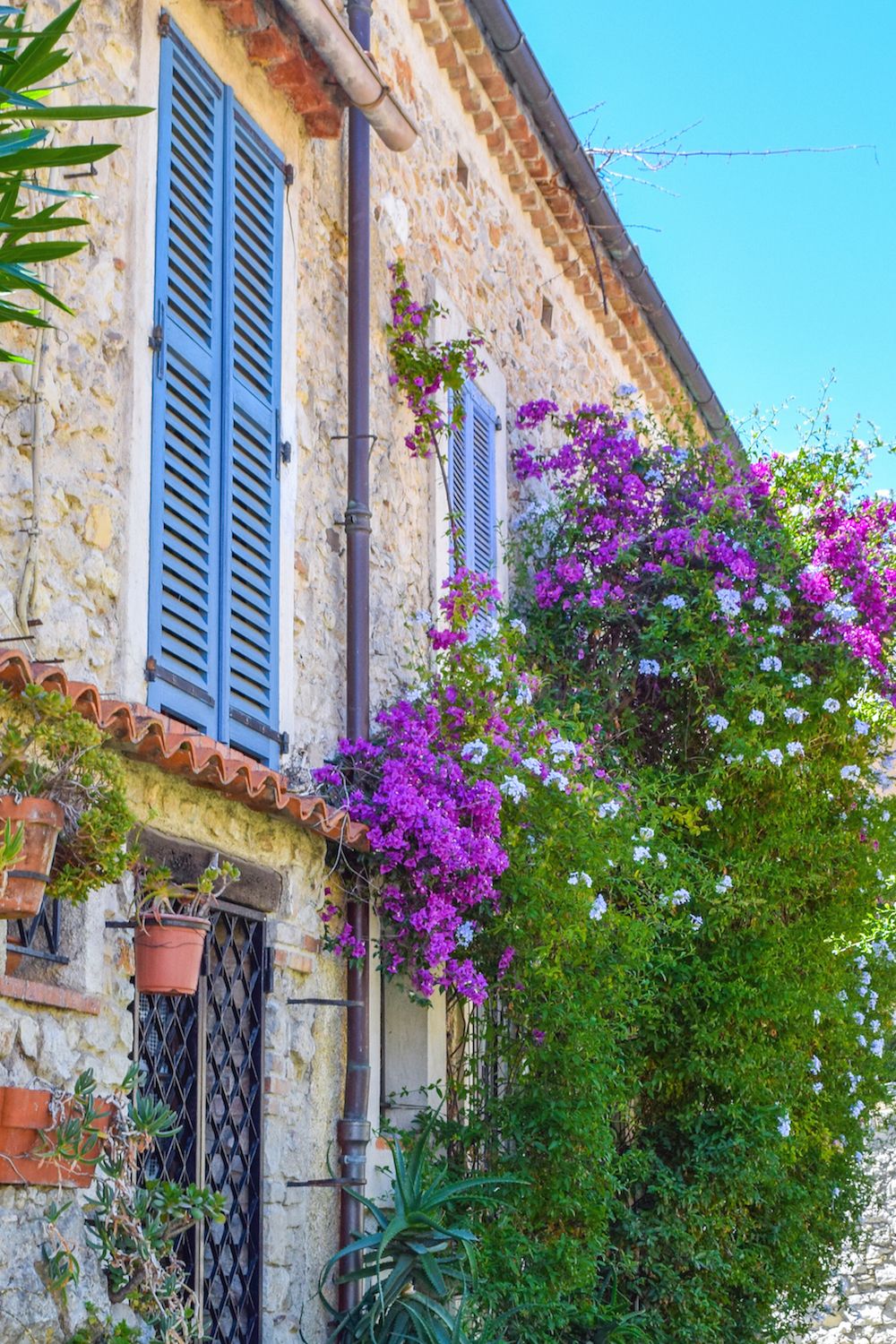
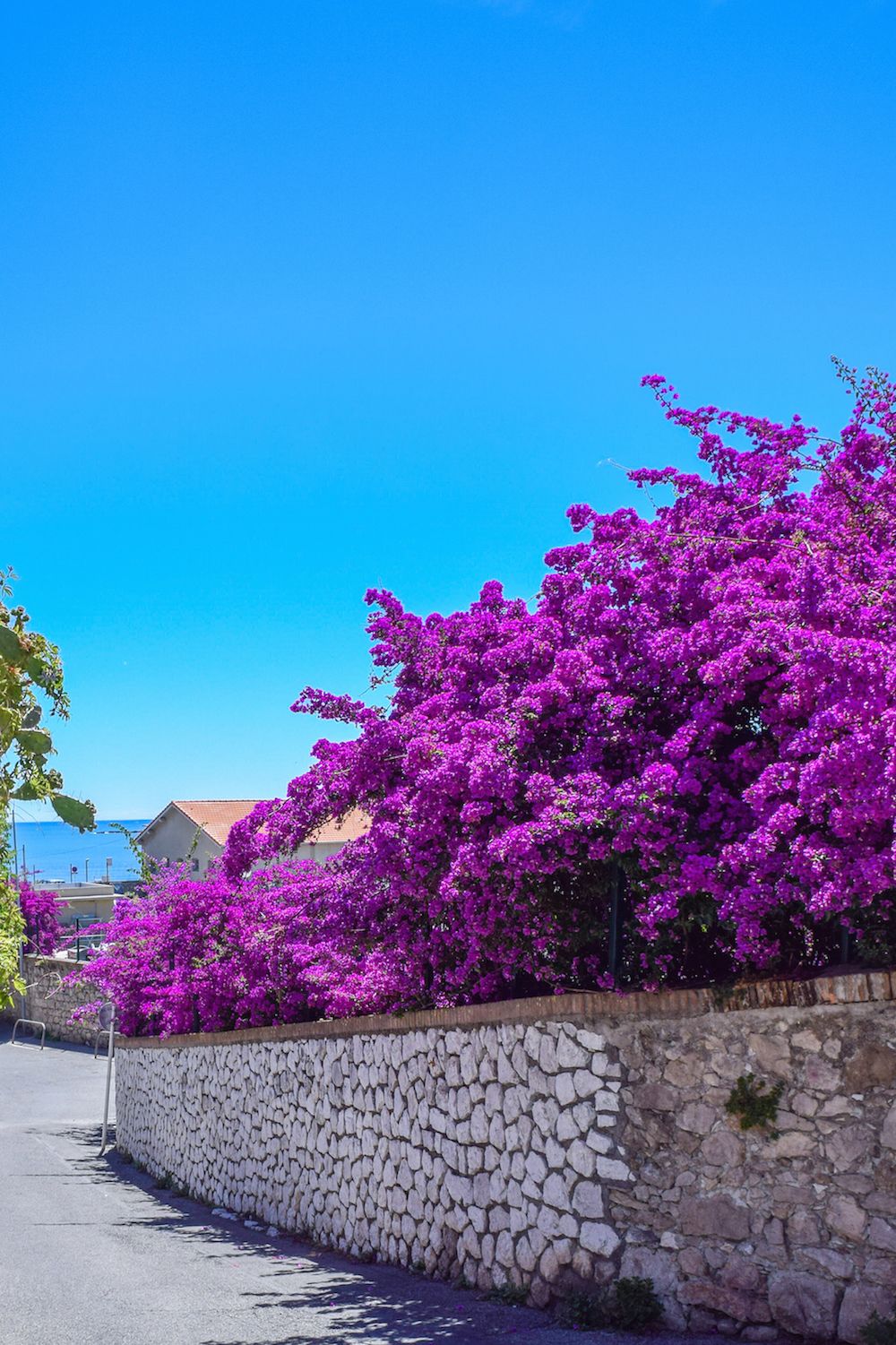
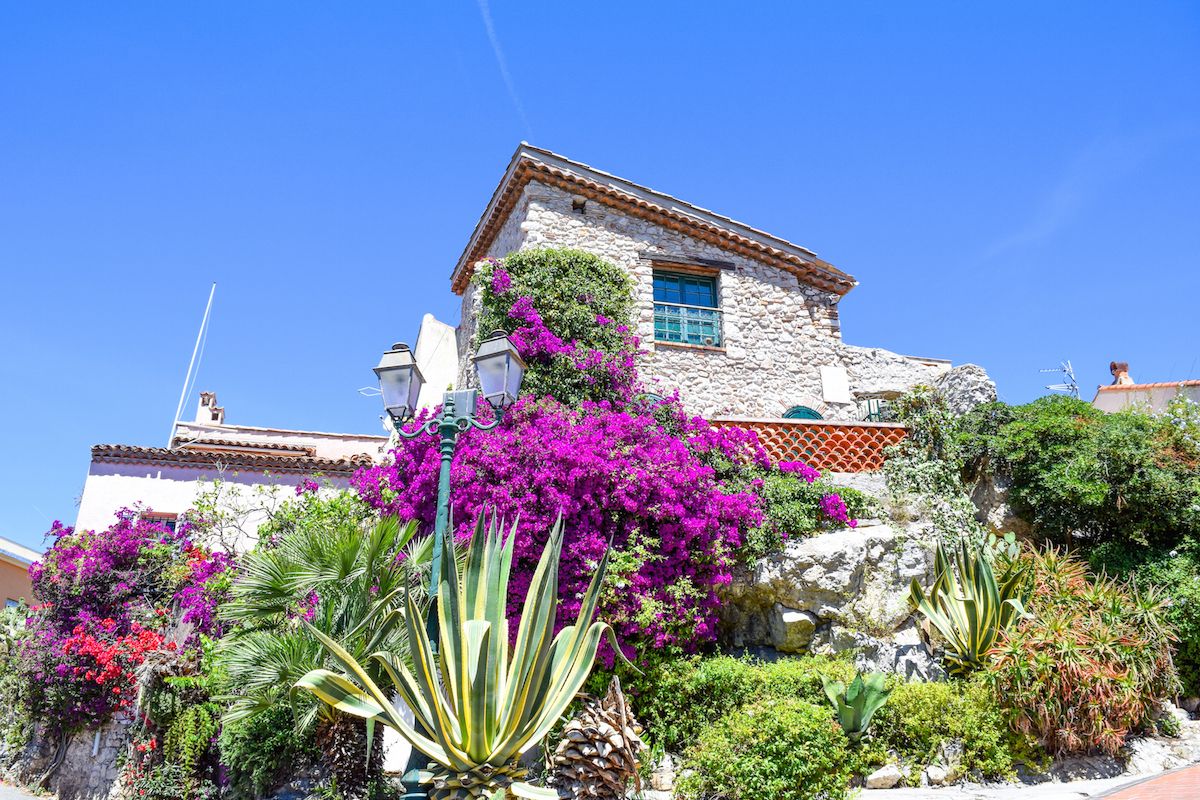

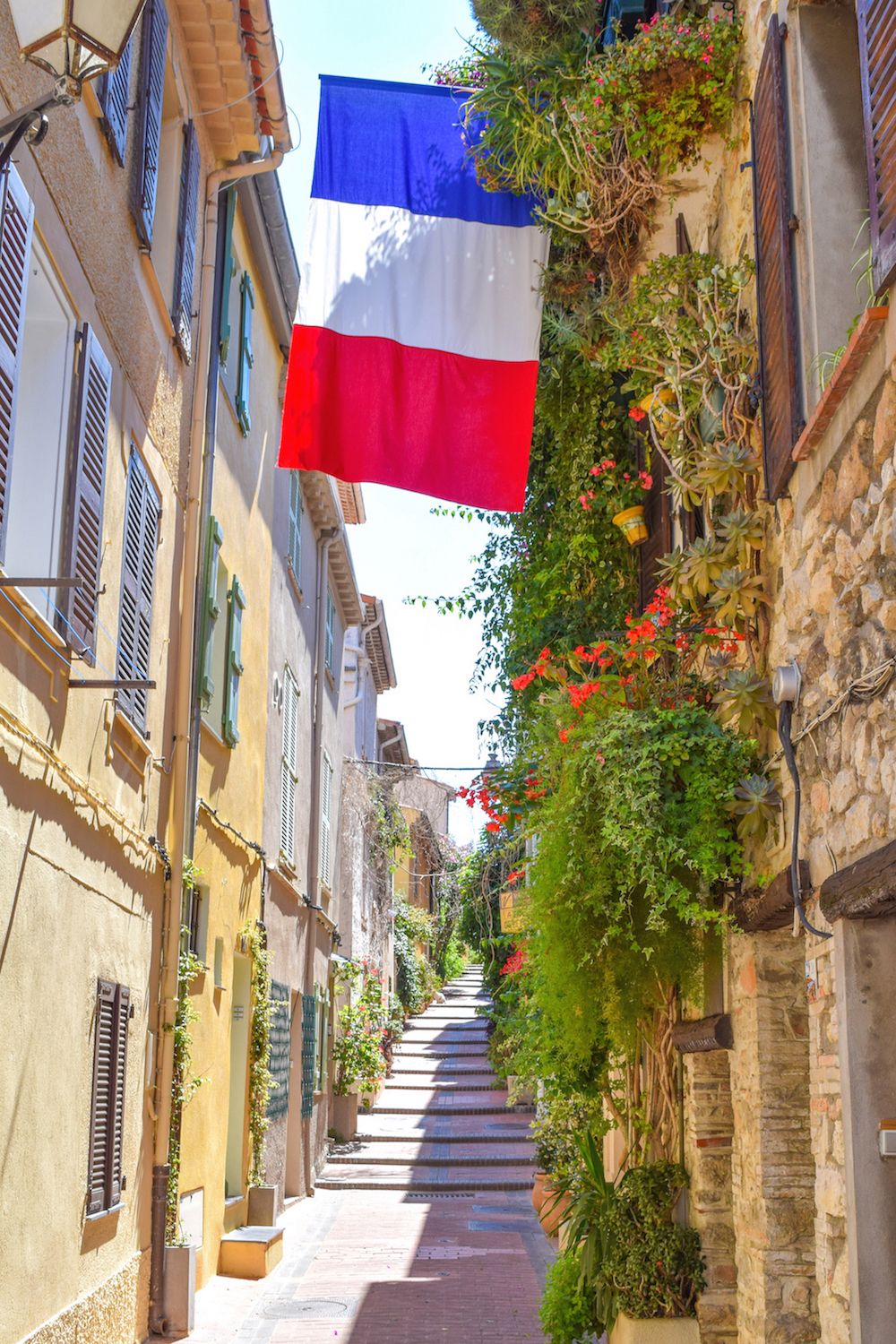
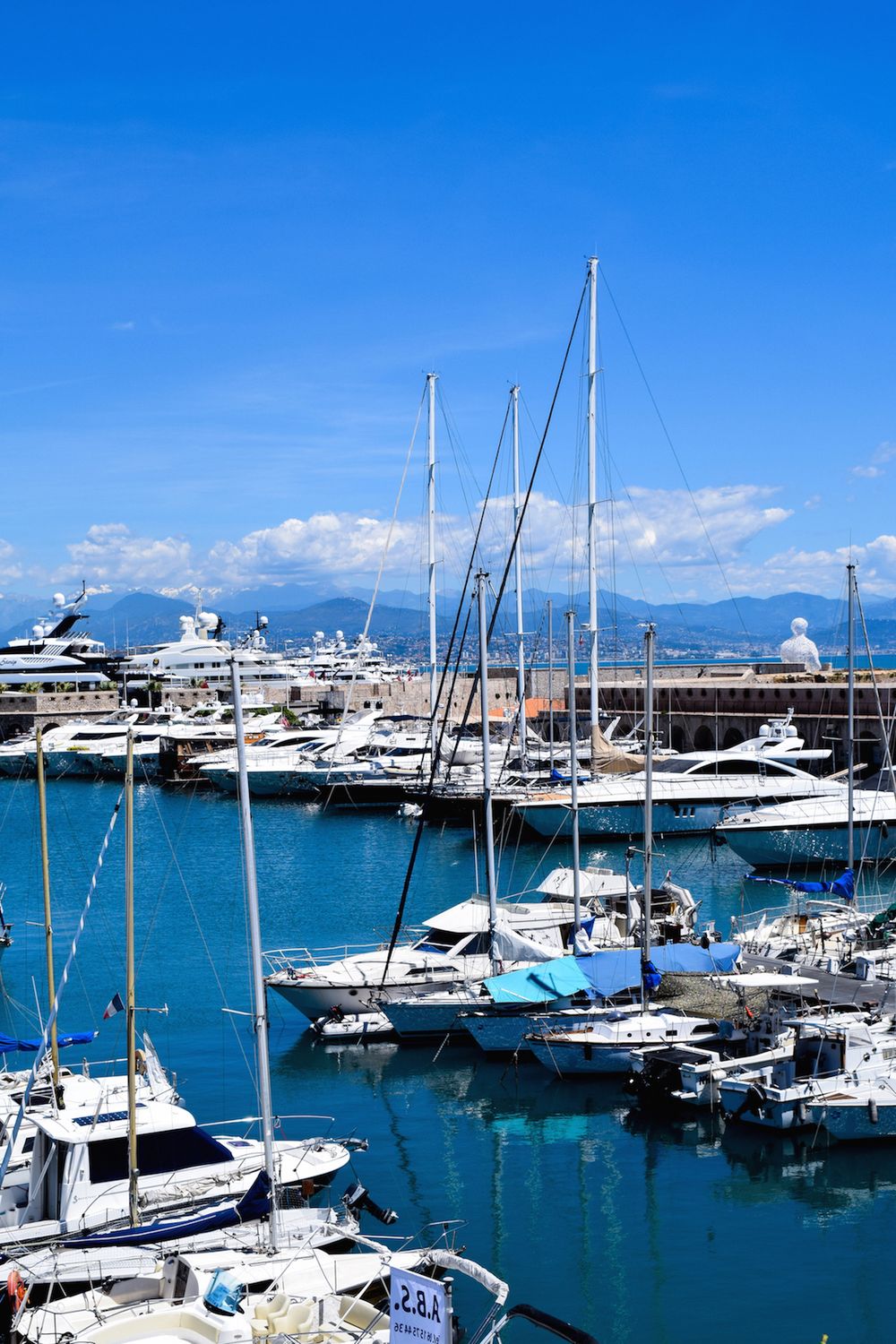
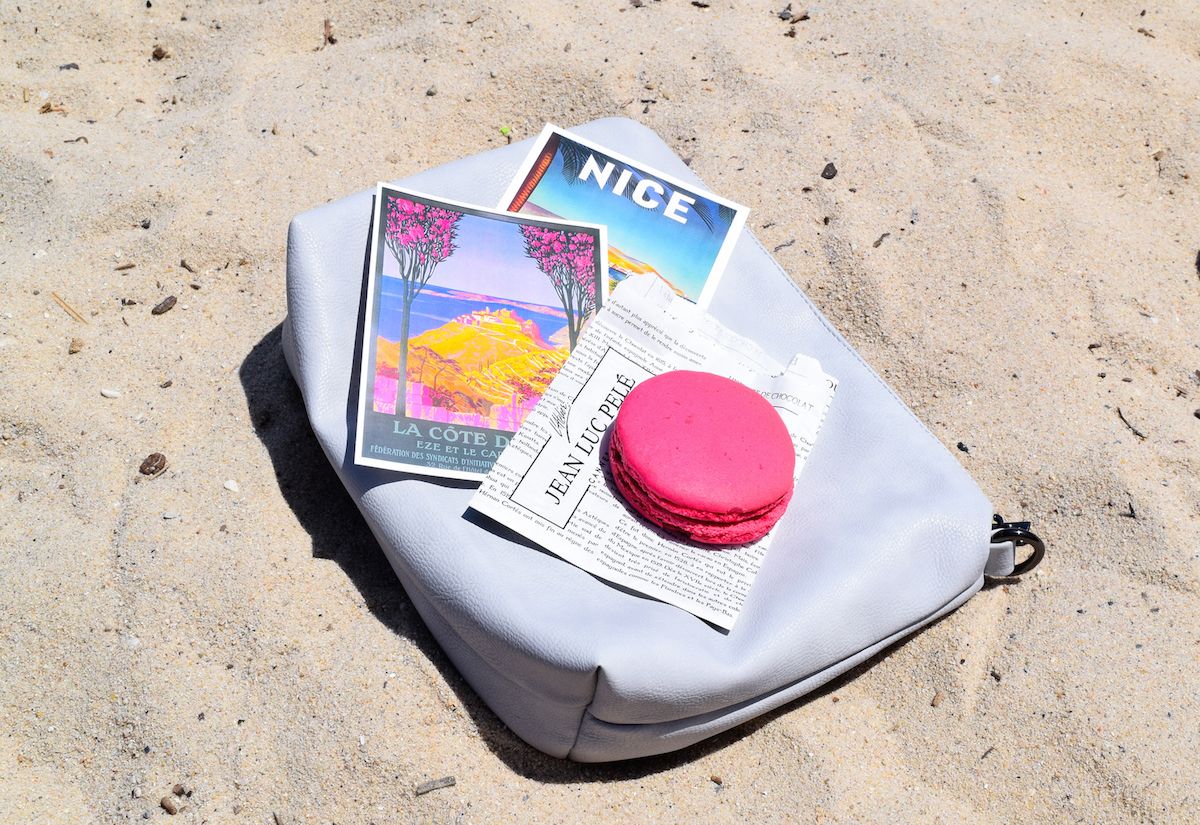
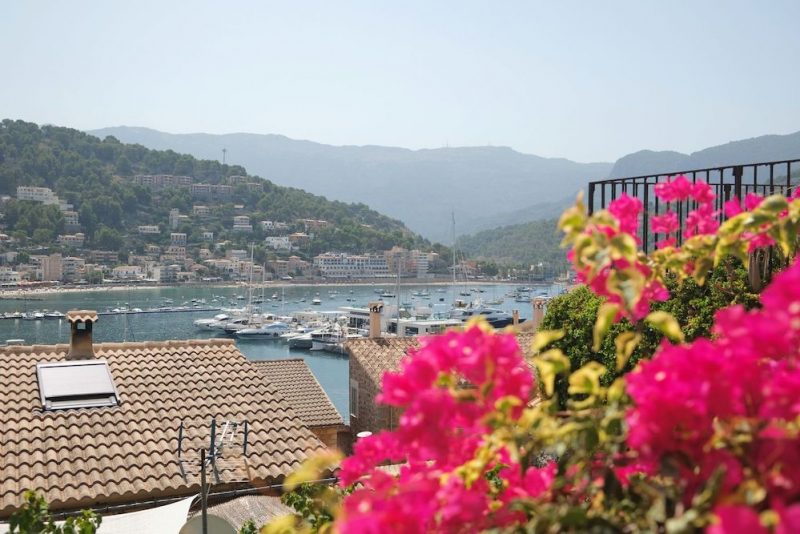
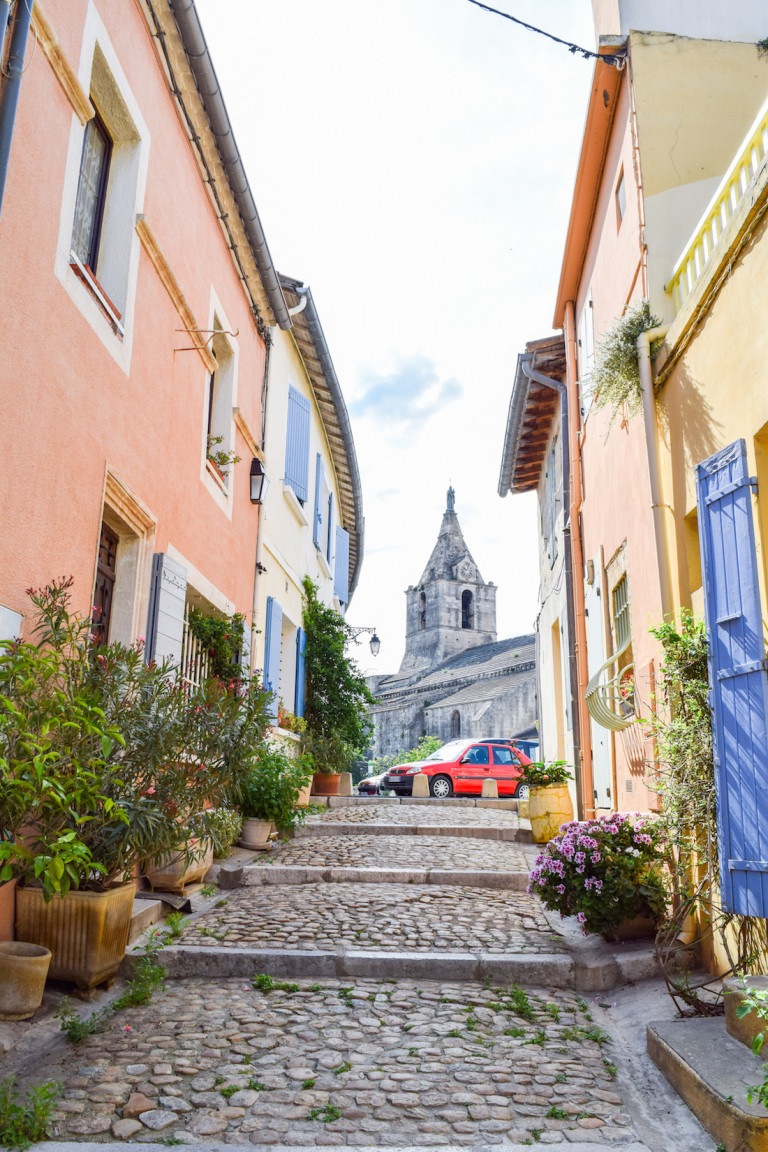

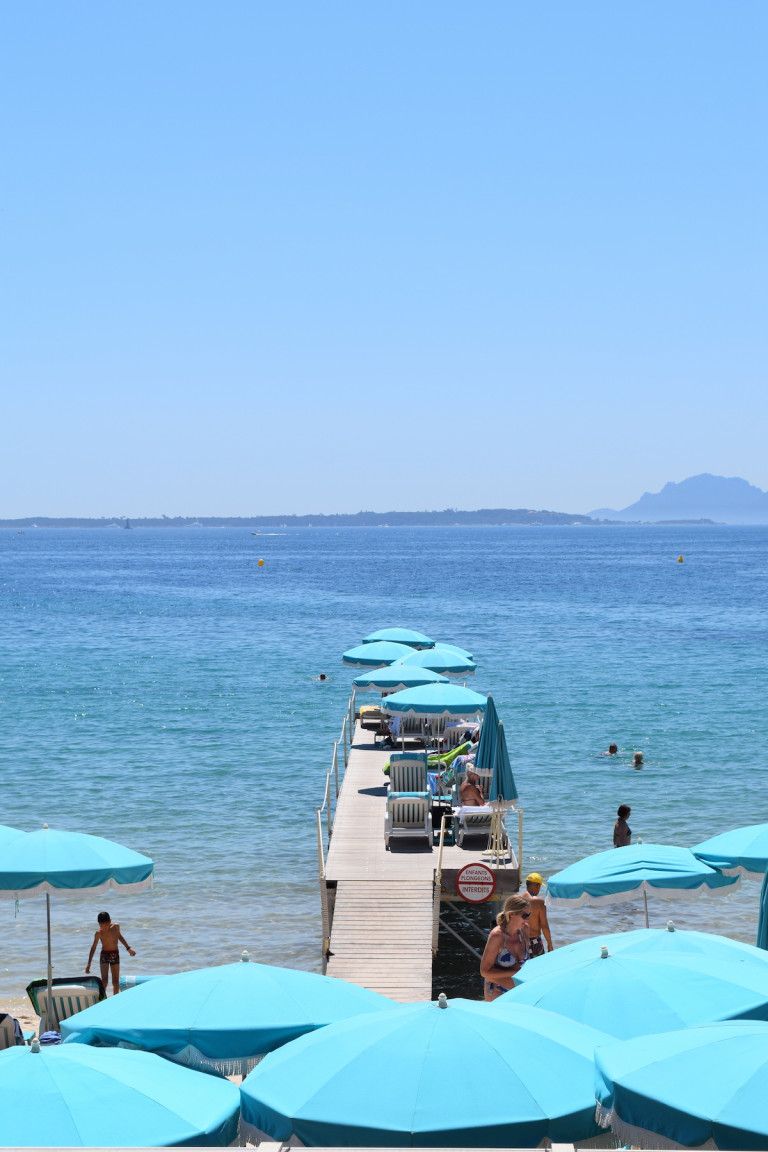
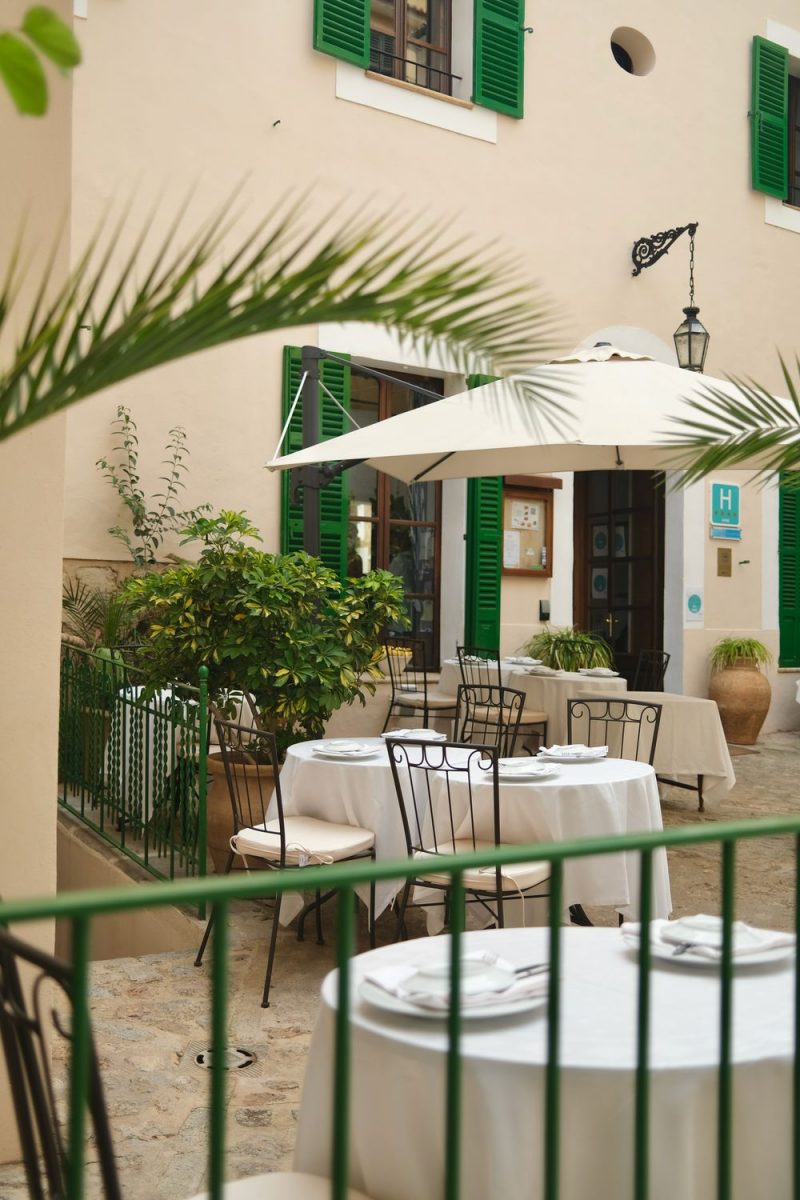
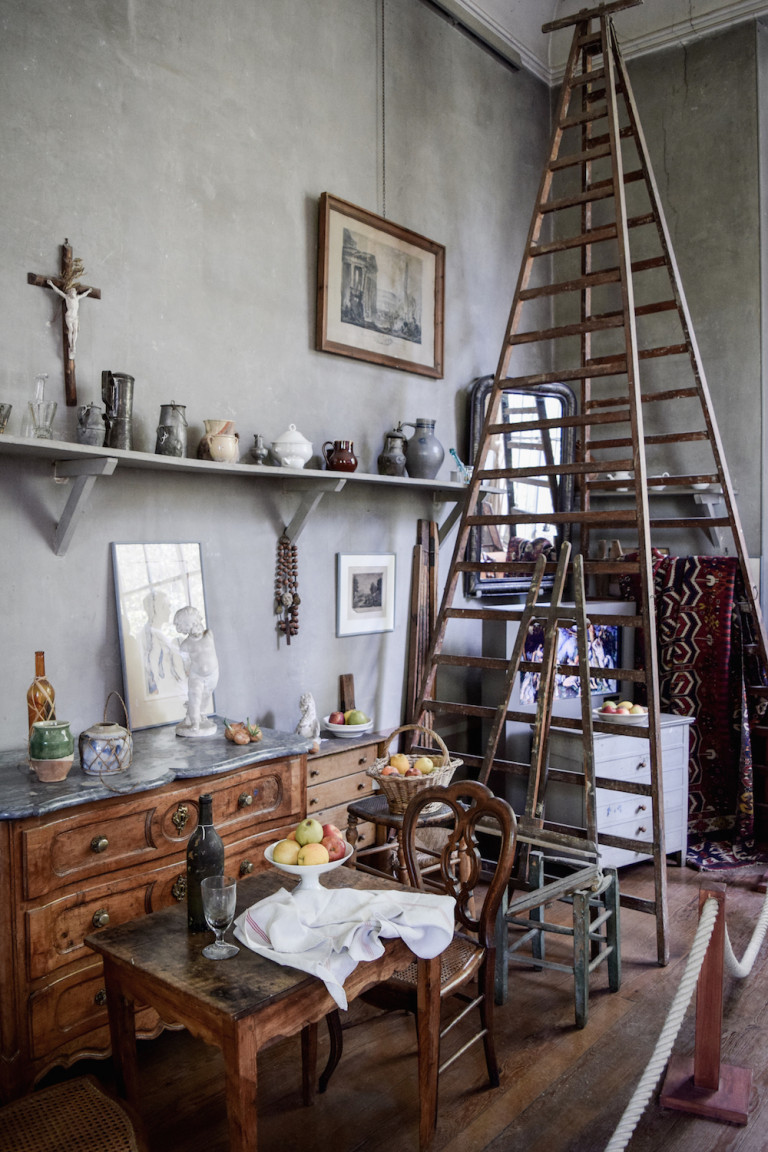
Gosh I love the brightness and colour of your photos. So gorgeous! And what an awesome story about the sculptor. Honestly if I were you, I would have made it my mission to find 100 of those sculptures hahah… I really don’t like to lose ;) I adore the Cote d’Azur but I’ve never made it to the Antibes so thanks for the visual tour!
Thanks so much, Christina! I really really wanted to, but I just go so caught up with exploring Antibes and the nearby towns. :) Thanks for reading, and hope you make it to Antibes one day, it’s a beautiful town!